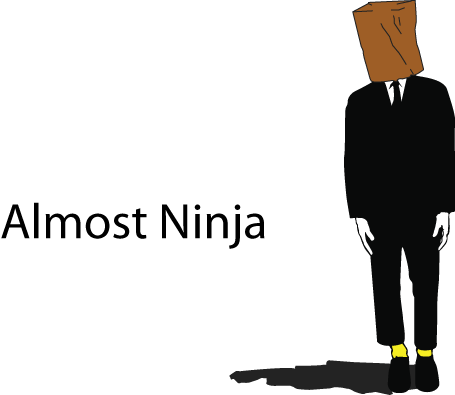
Following PULSE's largest show to date in Miami 2008, described by critics as the City's new 'second' fair after Art Basel Miami Beach, PULSE New York returns to Pier 40 in Greenwich Village, March 5-8, 2009, concurrent with The Armory Show. The fourth New York edition of PULSE is the most diverse to date, presenting 101 exhibitors from 26 countries throughout the Americas, Europe, and Asia. Making their first appearance are leading international galleries ColletPark, Paris; Habana, Havana City; andSingapore Tyler Print Institute, Singapore, among others. They join blue-chip veteran PULSE exhibitors including Faurschou, Beijing and Copenhagen; Galerie Ernst Hilger/Hilger Contemporary, Vienna; Nina Menocal, Mexico City; and Perugi Artecontemporanea, Padua.
"In just four years PULSE New York has emerged to become the City's largest art fair dedicated entirely to contemporary art" said Helen Allen, Executive Director of PULSE. "Pulse, bridges the gap between main and alternative fairs, and focuses on showcasing new works. As part of our commitment to innovation, this year we have expanded the cultural program to include video, performance, large scale installations, and a new series of informal talks given by artists and curators which will address many of the communication, socio-economic and gender issues confronting artists today."
This year's unprecedented number of 18 large-scale sculptures and installations will be presented in public spaces throughout the Fair. As part of the expanded installation program, R. Luke DuBois will install outside the fair a series of 43 large-scale light boxes, which initially debuted at the Democratic National Convention in Denver, while the entrance corridor will consist of a 42-foot tunnel designed and executed by Julian Lwin entitled Babylon NY.
PULSE PLAY, the video art lounge, returns with Random Rules, organized by Athens-based independent critic and curator Marina Fokidis. The program encompasses established and emerging artists including Andrea Angelidakis, Keren Cytter, Rodney Graham, Annika Larsson and Miltos Manetas in an exploration of the cultural phenomenon of YouTube. Meanwhile, PULSE PERFORMANCE features a performance by Miriam Cabessa curated by Maureen Sullivan, and Gary Carsley'sInstitute for Kontemporary Esthetic Arousal, which debuted at the 2008 Singapore Biennale. And returning is an exhibition of MFA students' works from Parsons The New School for Design curated byEva Diaz, Senior Curator at Art in General.
"In just four years PULSE New York has emerged to become the City's largest art fair dedicated entirely to contemporary art" said Helen Allen, Executive Director of PULSE. "Pulse, bridges the gap between main and alternative fairs, and focuses on showcasing new works. As part of our commitment to innovation, this year we have expanded the cultural program to include video, performance, large scale installations, and a new series of informal talks given by artists and curators which will address many of the communication, socio-economic and gender issues confronting artists today."
This year's unprecedented number of 18 large-scale sculptures and installations will be presented in public spaces throughout the Fair. As part of the expanded installation program, R. Luke DuBois will install outside the fair a series of 43 large-scale light boxes, which initially debuted at the Democratic National Convention in Denver, while the entrance corridor will consist of a 42-foot tunnel designed and executed by Julian Lwin entitled Babylon NY.
PULSE PLAY, the video art lounge, returns with Random Rules, organized by Athens-based independent critic and curator Marina Fokidis. The program encompasses established and emerging artists including Andrea Angelidakis, Keren Cytter, Rodney Graham, Annika Larsson and Miltos Manetas in an exploration of the cultural phenomenon of YouTube. Meanwhile, PULSE PERFORMANCE features a performance by Miriam Cabessa curated by Maureen Sullivan, and Gary Carsley'sInstitute for Kontemporary Esthetic Arousal, which debuted at the 2008 Singapore Biennale. And returning is an exhibition of MFA students' works from Parsons The New School for Design curated byEva Diaz, Senior Curator at Art in General.




















